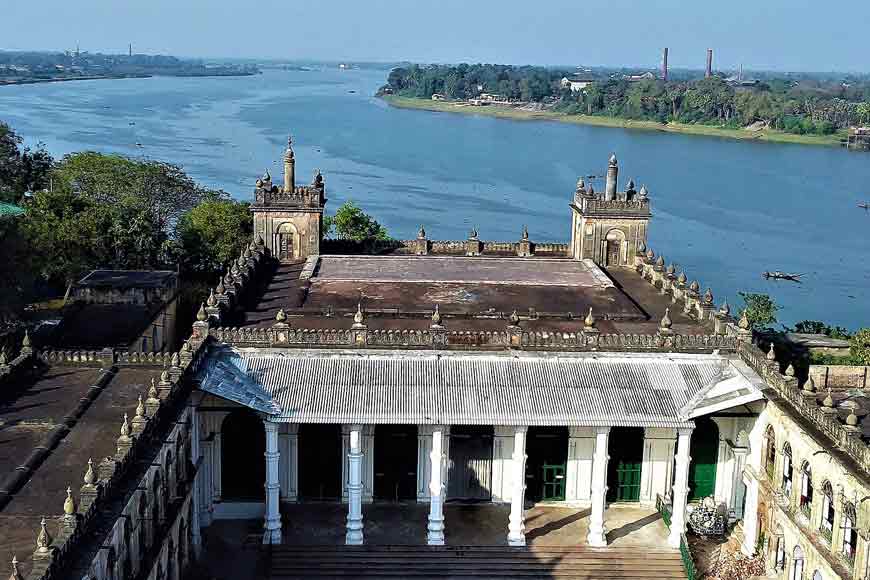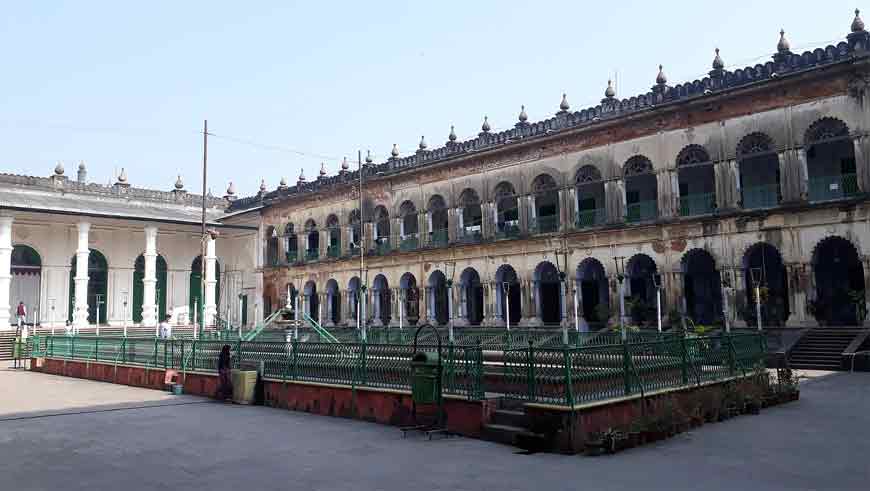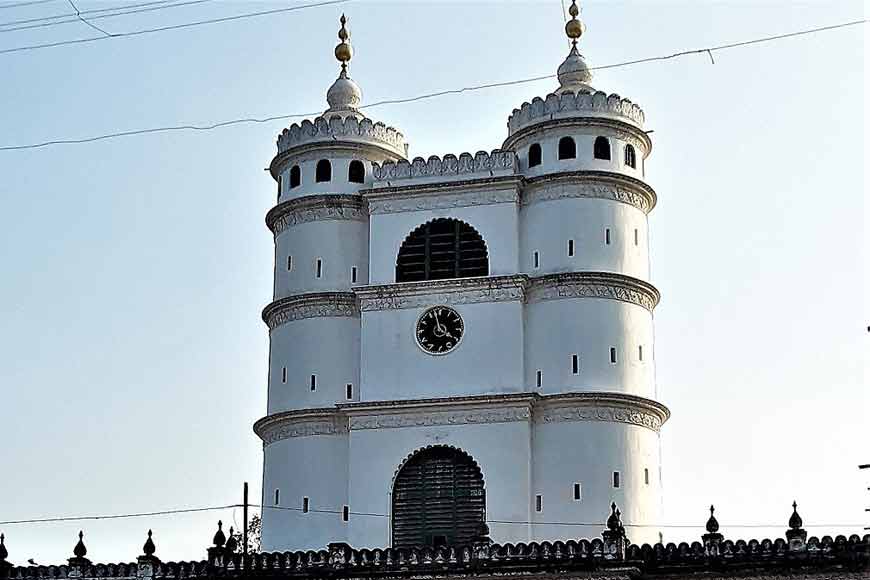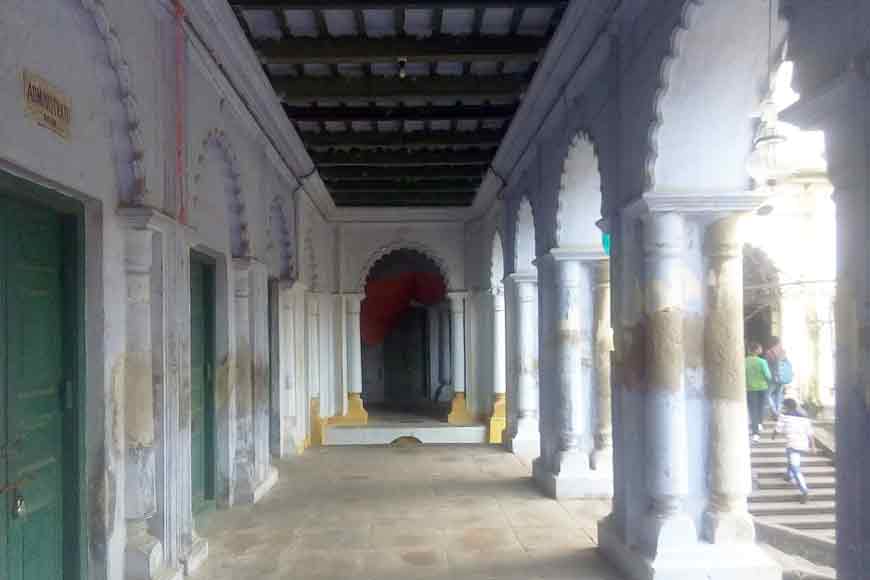The Hooghly Imambara, rich in history from the Mughal era - GetBengal Story

The Hooghly Imambara carries a living story of devotion, history, and architectural nuances that is beyond a mere monument. Located on the banks of the Hooghly River in West Bengal, this impressive edifice holds a rich history from the Mughal period. It stands today as a symbol of faith, generosity, and the cultural beauty of West Bengal.

The Imambara we see today was built in memory of Haji Muhammad Mohsin, a deeply religious and a philantrophic, recognised for his great charitable work. He had a subtle connection to Aga Motaher, a Persian salt merchant who had settled in Hooghly in the late 1600s.

Even though there is no official document, it is still believed that Motaher had received large land grants from Emperor Aurangzeb. Motaher initially built a small Imambara on that land, which did not have such an architectural aspect at that time. Later, his daughter Mannujan Khanam inherited his wealth. Since she had no children, all her property was inherited by Haji Mohsin. With this combined fortune, and being a successful merchant himself, Mohsin donated everything he owned to charity.
The construction of the present-day Imambara began in 1841 under the supervision of Syed Keramat Ali, after some disputes were settled by the British government. It took 20 years to complete and cost over two lakh rupees, which was a vast amount at that contemporary age. The final structure was designed by Keramatullah Khan and built over the ruins of the older Imambara. Today, this address is a noteworthy tourist destination, known for its architectural elegance and historical richness.

This two-story building welcomes visitors with a grand entrance that includes two 150-foot-high minarets. A massive clock is set between these two towers, made in England by the same company that built Big Ben. This significant clock was brought in 1852 for over Rs. 11,000.
Furthermore, the clock includes two faces and three bells, where the largest bell weighs 3200 kg! The smaller bells ring every 15 minutes, while the larger bell rings, denoting an hour. To keep it working, two people must wind it every week using a 20 kg key.
Talking about the internal architectural brilliance, there are marble floors, flowing fountains, and peaceful pools that add another charm to its calm atmosphere. On either side of the central fountain, there are two-storied corridors known as Bibikhana. On the other hand, the main prayer hall, called Zari Dalan, is another significant corner with black-and-white checkered marble floors, glowing lanterns, and detailed Islamic calligraphy. The upper parts of the doors sparkle with beautiful Belgian glass. Moreover, there is a still-working sundial set on a concrete table that tells the exact time using sunlight.

The Imambara continues to serve as an important center for the Shia Muslim community, however, the whole Muslim Community gather here on the occasion of Muharram. Muharram is observed here with deep respect and traditions similar to those followed in Karbala, Iraq. People of all faiths are welcome in this profound religious and architectural masterpiece.










